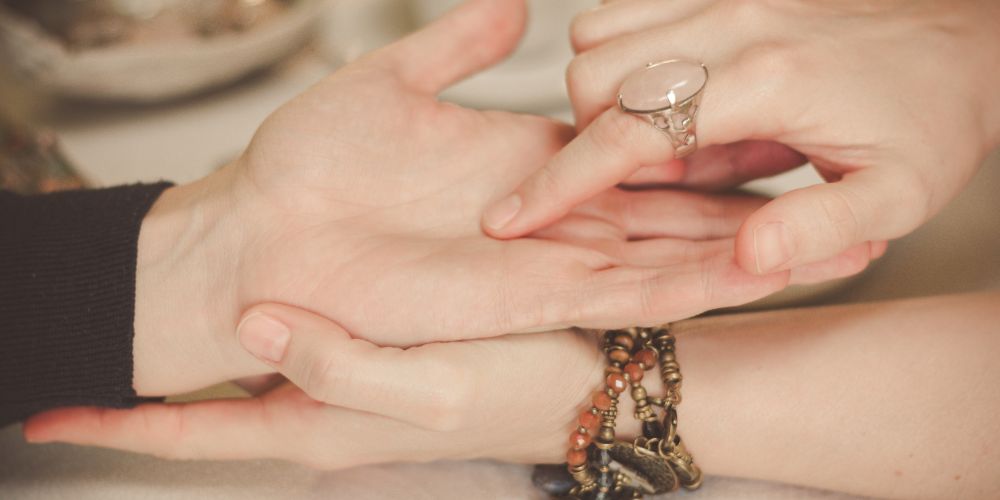

Palmistry
What is Palmistry?
Palmistry is the art of assessing the physical features through lines on the palm to forecast the future and interpret personality traits. Your personality and character are manifested by the form, size and number of lines on your palms and fingers. It is based on the psychological belief that our palm has lines and curves which determine patterns in the various realms of human life.
These realms include love, career, emotions and overall success in life. People need to understand that palmistry is not a ticket to direct fate. Future events are not stable; they may change anytime depending on the situation. Palmistry is just a medium to connect your past with your present and future. In Palmistry, the active or the dominant hand brings you opportunities and risks, while the inactive hand represents your capability and longer-term strategies.
Reading Palm can help you read prior experiences. It also helps you to explore your genuine personality and how your connection with others influences it.
At Makes Me Pure, we provide you with the palmistry workshops and the sessions to teach you how to practice and carry on these sessions on yourself. Our team consists of trained doctors, psychologists, therapists, compassionate coaches, and wellness experts. They are professionally trained and experienced to assist individuals to lead a healthy, happy, and normal life. Thereby ensuring the reliability and satisfaction of the customers.
Palmistry
Benefits of Palmistry
It enables people to discover their role in life.
It provides an overview of the strengths and limitations of your life and how to overcome obstacles.
It helps in decision making for relationships, investments, jobs, family and friends.
Palm reading often activates an individual's creative side and allows them to maximize productivity.
Related Videos -
Frequently Asked Questions
- How do I read my palm lines?
- What are the 4 main lines in palmistry?
- Which line in palm is lucky?
- How can you tell future lines by hand?
- Do palm lines change with age?
